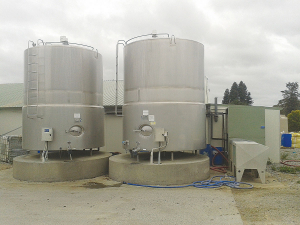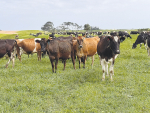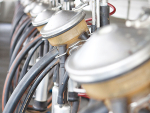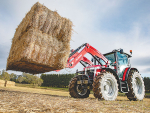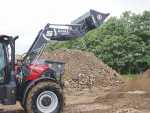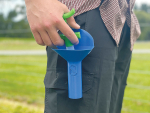You can efficiently cool milk before it enters the vat using reliable, cost-effective systems to chill milk quickly.
Plate coolers, water chillers, ice and glycol systems and cooling tanks are among the options and these can be configured to meet any farm’s needs.
Why pre-cool your milk? Through the season, herd size, flow rates and water source temperatures change; you need certainty that your milk will be down to temperature before the tanker comes to collect it.
Pre-cooling the milk before it reaches the vat is often the best way to confidently achieve low milk temperatures.
In your choice of the best cooling method, several factors come into play: site constraints, power reliability, size of herd, water availability and variable costs.
Selecting the right pre-cooling system can help you to reduce energy costs by reducing peak power loads and shed operating costs.
The colder your pre-cooling water, the more you save; because the milk flows into the tank pre-cooled, the cooling unit can be smaller, saving capital and electricity costs. Pre-cooling can be retrofitted into an existing milk cooling system at any time.
Milk is refrigerated to maintain its quality and to reduce the growth of bacteria.
A farm can reduce costs by pre-cooling milk using well water through a heat exchanger before the milk enters the tank for cooling by refrigeration. Both these cooling stages must work efficiently to maintain maximum milk quality.
High-volume milking demands high-capacity cooling; compact chillers have been designed to meet these demands.
They provide powerful cooling and precise temperature control to lock in milk quality before it goes into the storage tank.
Compact chillers, because they enable the fastest method of cooling milk, are ideal for any dairy where the highest milk quality is required and traditional in-tank cooling is not sufficient.
The compact, robust, one-piece design of the chillers gives you the flexibility to locate them wherever it suits you best – away from high-traffic areas or even outside.
VAT insulation worth doing
Durable, high quality vat insulation will save power by reducing the effects of ambient temperatures and will help milk to chill faster.
If you are only marginally compliant, vat insulation may save you from having to spend more on costly cooling systems.
Trials have showed that vat insulation gave a 25% reduction in the cost of running the chiller.

